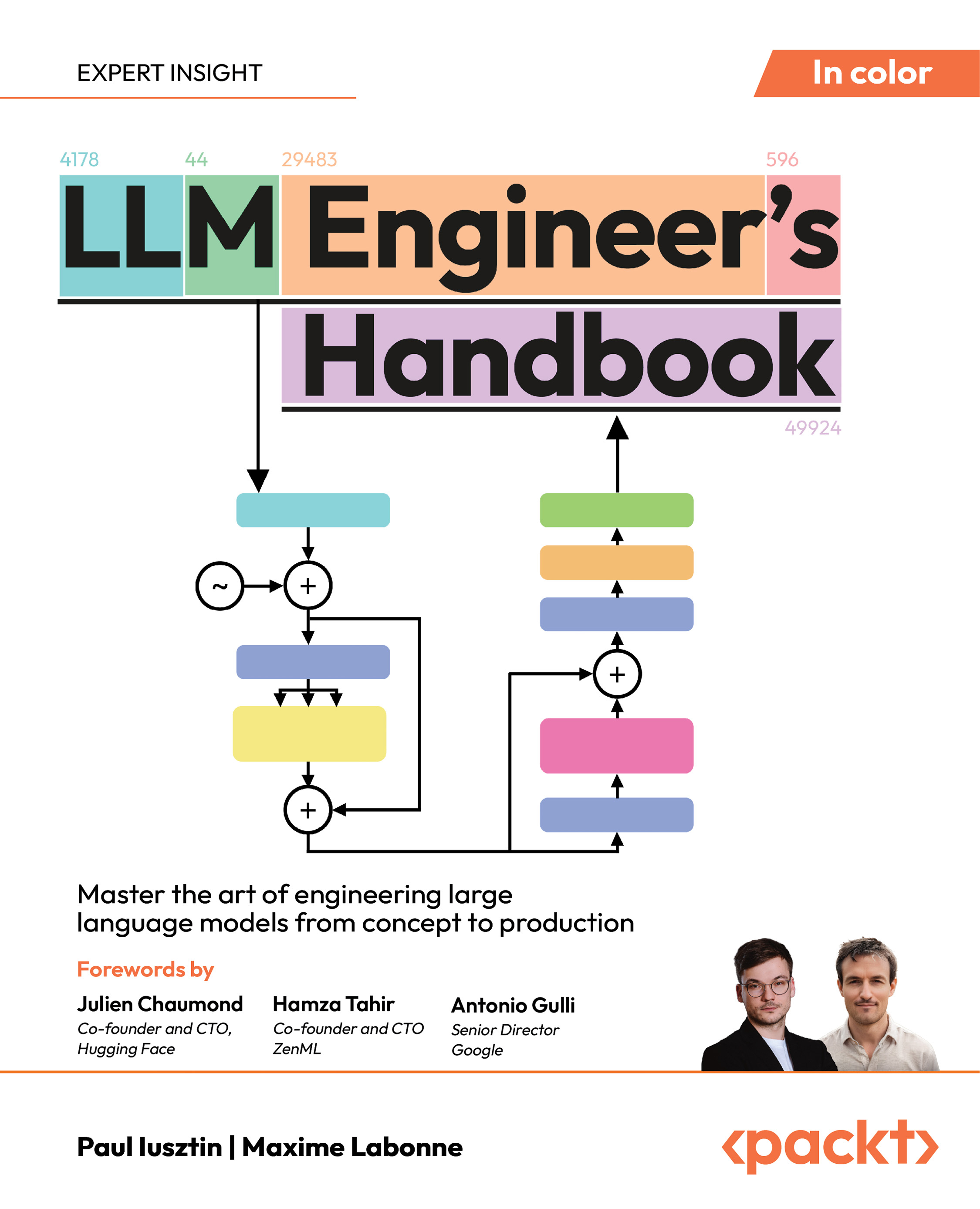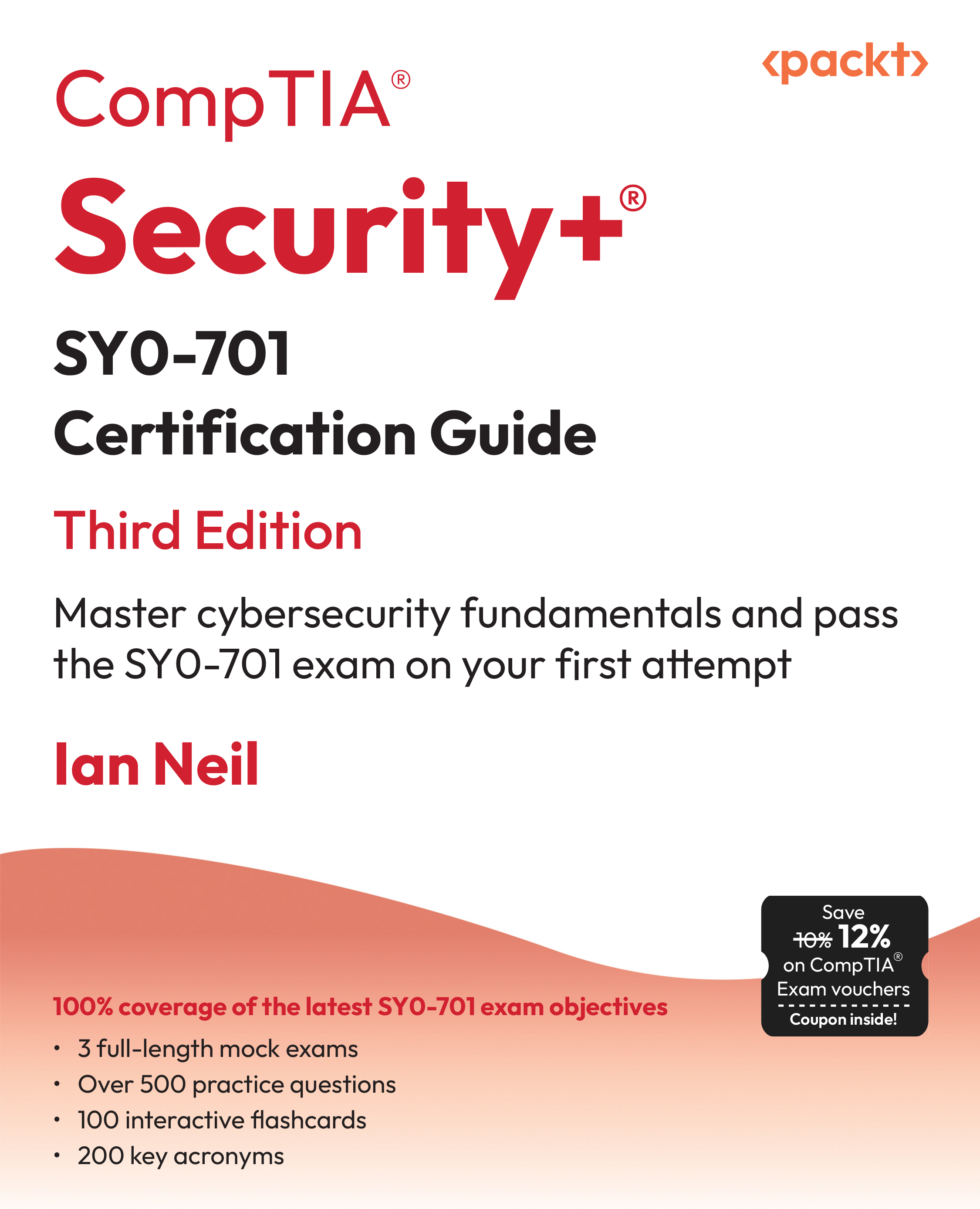In this article by Andrew Plue, author of Microsoft System Center 2012 Endpoint Protection Cookbook, we will cover:
- Locating and interrupting client-side SCEP logs
- Performing manual definition updates and checking definition version
- Manually editing local SCEP policy using the user interface
- Utilizing MpCmdRun.exe
The tasks you will accomplish in this article are essential for any System Center Endpoint Protection (SCEP) administrator. Although many of the procedures can also be performed from within your System Center 2012 Configuration Manager (SCCM) console, it is also vital to understand how to perform these procedures at a local client level. As isolating infected PCs (or PCs that are suspected to be infected) from the rest of your corporate network is a commonly accepted best practice, a hands-on approach is often needed to remediate malware issues.
Unlock access to the largest independent learning library in Tech for FREE!
Get unlimited access to 7500+ expert-authored eBooks and video courses covering every tech area you can think of.
Renews at $19.99/month. Cancel anytime
This article will cover all the essential skills an AV admin using SCEP will need to know, from finding and understating the SCEP client logs, to performing on demand scans with just the command line.
 United States
United States
 Great Britain
Great Britain
 India
India
 Germany
Germany
 France
France
 Canada
Canada
 Russia
Russia
 Spain
Spain
 Brazil
Brazil
 Australia
Australia
 Singapore
Singapore
 Canary Islands
Canary Islands
 Hungary
Hungary
 Ukraine
Ukraine
 Luxembourg
Luxembourg
 Estonia
Estonia
 Lithuania
Lithuania
 South Korea
South Korea
 Turkey
Turkey
 Switzerland
Switzerland
 Colombia
Colombia
 Taiwan
Taiwan
 Chile
Chile
 Norway
Norway
 Ecuador
Ecuador
 Indonesia
Indonesia
 New Zealand
New Zealand
 Cyprus
Cyprus
 Denmark
Denmark
 Finland
Finland
 Poland
Poland
 Malta
Malta
 Czechia
Czechia
 Austria
Austria
 Sweden
Sweden
 Italy
Italy
 Egypt
Egypt
 Belgium
Belgium
 Portugal
Portugal
 Slovenia
Slovenia
 Ireland
Ireland
 Romania
Romania
 Greece
Greece
 Argentina
Argentina
 Netherlands
Netherlands
 Bulgaria
Bulgaria
 Latvia
Latvia
 South Africa
South Africa
 Malaysia
Malaysia
 Japan
Japan
 Slovakia
Slovakia
 Philippines
Philippines
 Mexico
Mexico
 Thailand
Thailand














